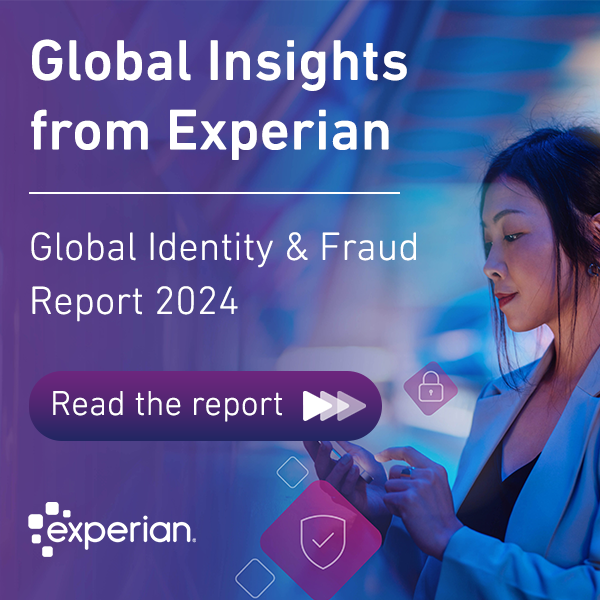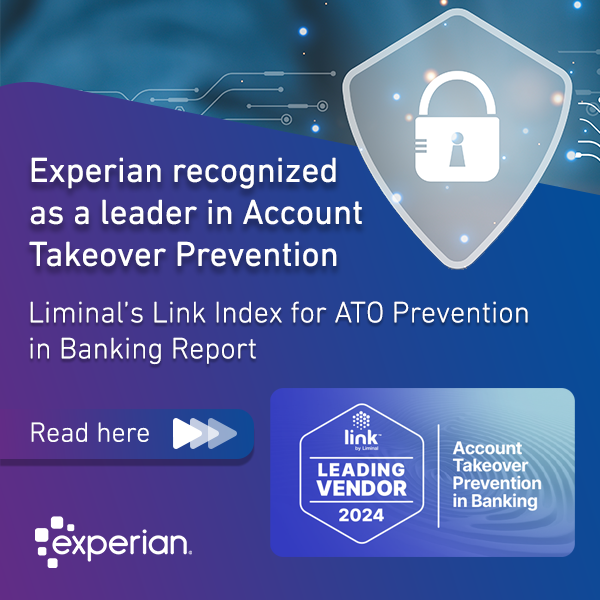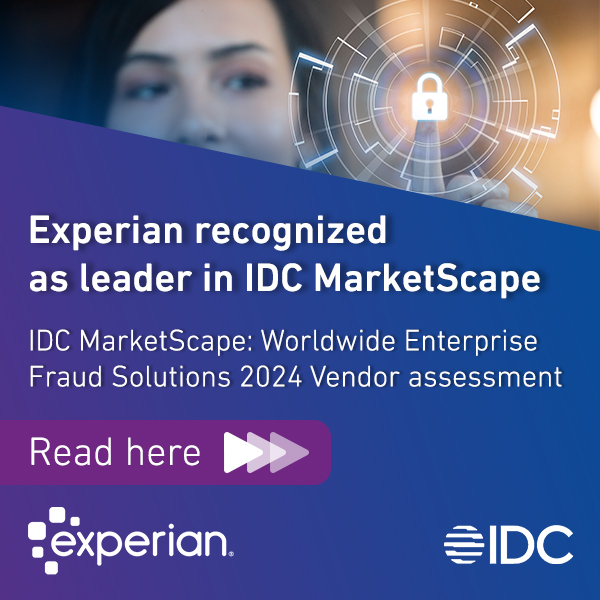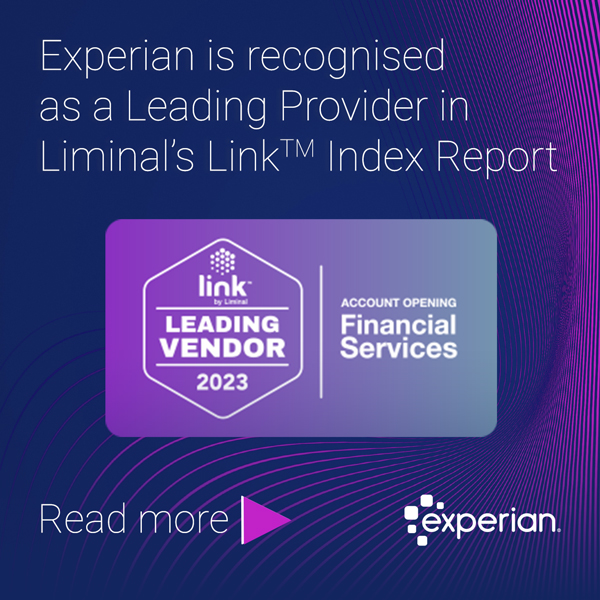Public and private organizations worldwide are embarking on ambitious digital identity initiatives, from the tiny country of Estonia to efforts that encompass much of Africa and India. At the core, the broad goal is often the same: Use blockchain or equivalent technology to provide individuals with a unique digital identifier. That digital identity then enables seamless, secure access to services—governmental, financial, or otherwise.
However, as you delve into the details of each program, there remain more differences than similarities. Organizations may have different drivers for pursuing digital identities and varied approaches. And in these early days of digital identity development, there’s not yet a single plan for aligning initiatives across the public and private sector or even within the financial services industry.
So how do organizations evaluate where to invest and when to act, when efforts are progressing and changing in real-time? The impetus now is to understand the fundamentals of digital identity programs and then evaluate what your organization stands to gain—or potentially lose. Get that sorted, and you’ll be ready to make smart digital identity decisions at the right time for your company and customers.
The fundamentals of blockchain
Much of the digital identity conversation centers around the notion of blockchain-based digital identity programs and their benefits to consumers or citizens. Broadly, these programs enable individuals to have a digital identity profile, which is tied to a basket of attributes and stored on a blockchain. Those attributes are verified when the identity is established. Consumers then use their digital ID, for example, to access their financial applications. And organizations can verify the person via their digital identity token.
Such programs provide privacy for consumers; they also promise to accelerate and secure all sorts of processes from applying for loans to paying taxes. That’s because, with a digital identity, consumers don’t need to re-submit documents or provide personal information to various businesses and entities. Instead, they can allow institutions to access their digital identity for proof of who they are.
The potential for such programs is already exciting, and we’ve likely just scratched the surface of what’s possible. Still, most of the discussions leave out a critical component. That is: how will programs establish a digital identity in the first place? As financial institutions assess the digital identity landscape, digging into how programs ensure that the right information makes it into the system is paramount. As the saying goes, it’s garbage in, garbage out. Regardless of how innovative the technology is, a consumer’s digital identity is only as trustworthy as the information that created it.
The digital identity trade-offs
The security of digital identities is very compelling—especially as cybercriminals become increasingly sophisticated. Businesses can easily authenticate customers, and consumers have more control over their information, which is an issue of growing importance. A recently released Experian study shows that consumers are most concerned about protecting their financial data over other types of information.
As privacy and security assurances become part of the financial service value proposition, digital identity programs will likely be a differentiator for companies. That said, doubling down on digital identity can initially seem at odds with another dual technology priority: Taking advantage of data to provide hyper-personalized financial products and services. By tokenizing identity information, organizations may need to forgo some of the data that enables that personal, customized approach.
In the long run, I believe companies will find creative ways to balance privacy with personalization needs. For instance, customers may rely on digital identities to navigate their financial networks and then opt to provide additional information about themselves in return for better, more personalized service.
Financial institutions will need to weigh some similar factors when leveraging digital identity programs to improve customer experience. Digital identity programs promise to remove the friction caused by customer recognition and authentication. Again, the organization may give up some data collection to enable that seamless experience. But in the long run, companies will likely find that the related improvements and revenue opportunities gained more than makeup for any sacrificed information. At the same time, against a backdrop of an increasing number of stolen identity records, the idea that a digital identity program can help reduce the excessive proliferation of sensitive personal data is a significant benefit.
The road ahead
Financial institutions should prepare for the pending digital identity journey—even if they haven’t yet embarked. There are still multiple issues that the industry, consumers, and regulators will have to settle. For instance, there’s the question of adoption and how long it will take for businesses and consumers to use digital identity programs regularly. As we’ve discussed before, consumer trust and availability will remain a considerable component in driving that adoption.
What’s more, we’ll likely see regulations follow digital identity efforts as specific initiatives gain steam and popularity. The rules may accelerate adoption or, conversely, increase the investment expense on behalf of financial service firms. For these reasons, financial institutions need to be involved early and voice their concerns often to ensure that regulations serve consumers without adversely affecting the business.
In the meantime, businesses should remain aware that digital identity is a fragmented market, which may ultimately settle into an “ecosystem of ecosystems” across programs. It will be critical for enterprises to plan accordingly if they want to become early adopters. Or, at the very least, companies with a more moderate strategy should wait until a leading program emerges before making a significant investment.
Digital identities represent a dramatic shift in how consumers navigate their online world and how companies continue to meet their online expectations and needs. Keep these developments on your radar, and you’ll be prepared to make smart digital identity decisions and investments.
Related stories:
Infographic: Global Identity & Fraud Trends, February 2020
The impact of Covid-19 on Consumers and Businesses, July 2020
The impact of Covid-19 on Consumers and Businesses, Oct 2020





















